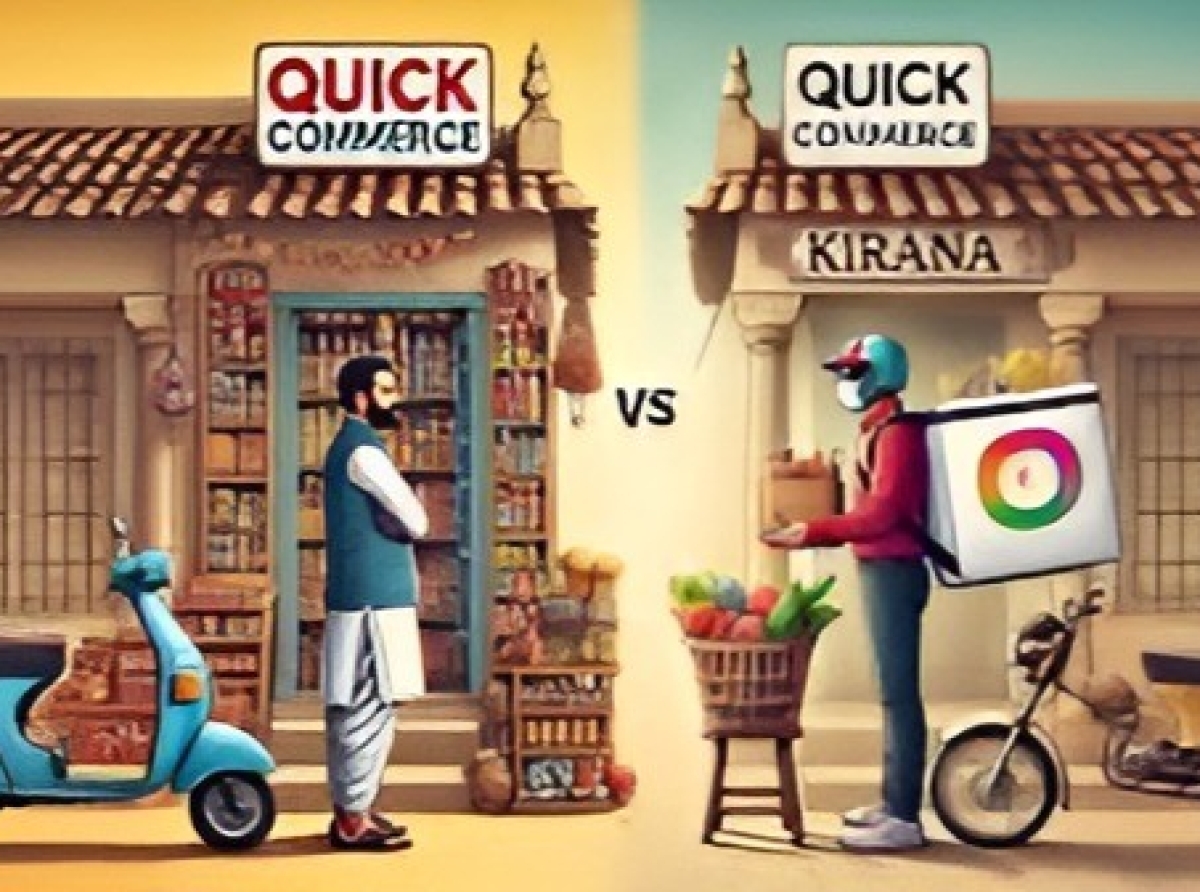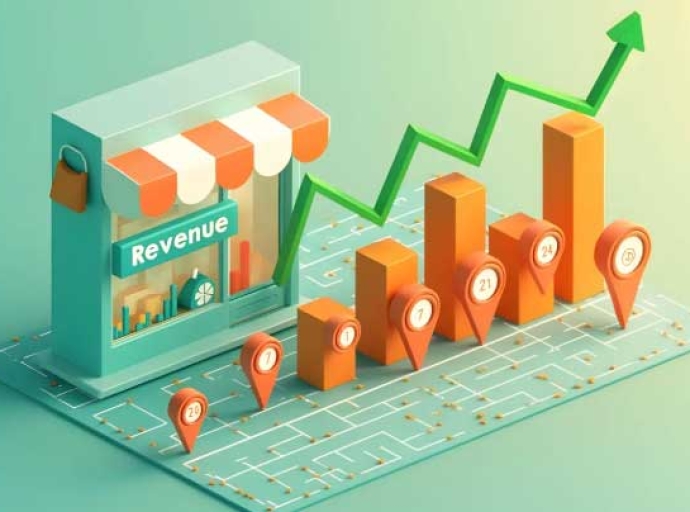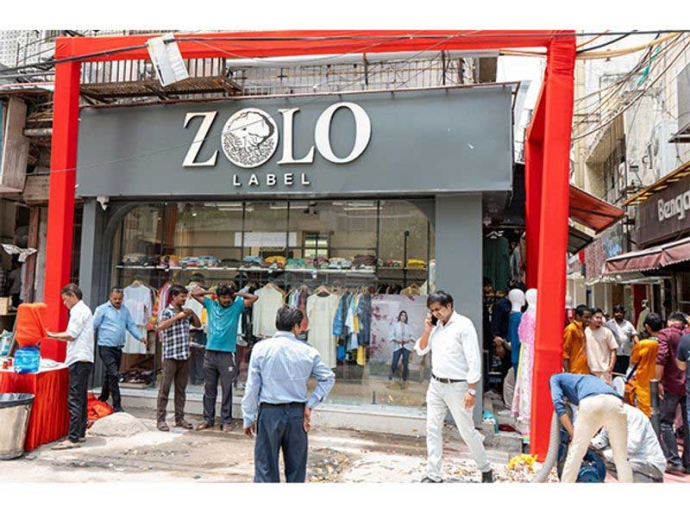GOV from Q-commerce to rise to Rs 2 lakh crore by FY28: CareEdge Ratings

11 July, Mumbai 2025
The overall Gross Order Value (GOV) from the India's quick-commerce (Q-commerce) sector is likely to more than triple to reach Rs 2 lakh crore by FY28. As per a report by CareEdge Ratings, the sector is experiencing explosive growth, with consumers ordering goods worth Rs 64,000 crore (approximately $7.6 billion) from platforms like Blinkit and Instamart in FY25.
The revenue pocketed by these platforms from fees has also increased from Rs 450 crore in FY22 to Rs 10,500 crore in FY25, and is expected to further grow to Rs 34,500 crore by FY28. CareEdge Advisory attributes this sharp increase to elevated platform fees levied by major players, leading to higher revenue realization and a substantial boost in overall GOV.
Q-commerce platforms are strategically shifting their focus from rapid expansion to reviving profitability and operational efficiency.
They're leveraging various avenues, including advertising, subscriptions, private labels, and tech-led inventory optimization to achieve this. The 'take rate' – the percentage of a transaction cost retained as revenue – has risen from 7-9 per cent in FY22 to up to 18 per cent in FY25.
According to Tanvi Shah, Head, CareEdge Advisory, the next phase of growth for the Q-commerce sector will be defined by tech-led innovations and deeper penetration into Tier II and III cities. Despite this impressive growth, only about 1 per cent of India's total grocery demand has currently shifted to the Q-commerce industry, indicating immense future potential driven by evolving consumer preferences for convenience and comfort.
India's digital landscape provides a strong foundation for this expansion, with over 270 million online shoppers in 2024, making it the second-largest e-retail user base globally.
The e-commerce market itself grew by 23.8 per cent in 2024, supported by over 1.12 billion mobile connections as of early 2025 and rapidly increasing smartphone adoption.
Rising disposable incomes and higher spending capacities are further expected to fuel the Q-commerce boom.
The operational backbone of the Q-commerce sector lies in its dark stores or micro-warehouses, which facilitate quicker deliveries. The number of such facilities witnessed a 70 per cent increase to 3,072 in FY25, with the average revenue per store growing by 25 per cent.
Latest Publications

































